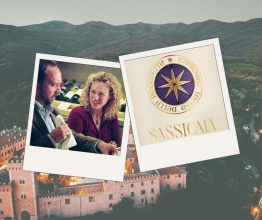
When researching your trip to Italy, you will come across the word “duomo” a lot.
Derived from the Latin “domus” for home, a duomo is a house of worship—the House of God (Domus Dei)—and usually the main cathedral of a city or a diocese. A duomo does not have to have a dome, but the two words come from the same Latin root.
“Duomo” is often used as shorthand for the magnificent Cathedral of Santa Maria del Fiore, the Duomo of Florence. But Florence’s famous domed church is not the only duomo in Italy. Far from it. You will find that most big cities, and some smaller ones, have a church that is locally known as the duomo.
What is a Duomo?
In English, a duomo translates to cathedral, which the Oxford English dictionary defines as “the principal church of a diocese, with which the bishop is officially associated.” Some churches that are still referred to as a duomo no longer have bishops assigned to them, but they are still considered a duomo due to history and legacy.
Meanwhile, there are some cities where the duomo is not necessarily the most famous or most beautiful church in town. This is the case in Assisi, where the Basilica of Saint Francis outshines the Duomo of San Rufino.
A basilica, by the way, is a church that has been granted this special title by the Pope because of its architectural, spiritual, or historic significance.
It is all slightly confusing. But the point I wanted to make with this post is that the Duomo of Florence is not the only duomo in Italy.
So here is a quick look at a few of Italy’s churches that Italians refer to as “il Duomo.”
Duomo Churches in Italy
Tuscany
Duomo of Florence
Cattedrale di Santa Maria del Fiore
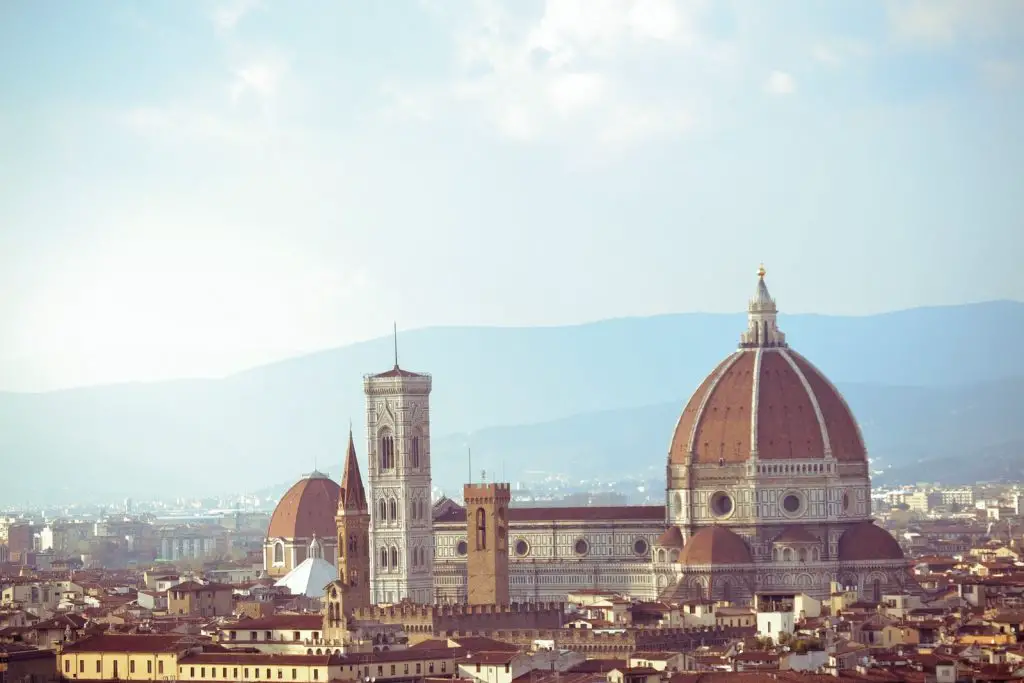
Of all the churches known as a “duomo,” the Cathedral of Santa Maria del Fiore in Florence is the most magnificent. Its dome, conceived and completed by Filippo Brunelleschi, is a feat of architecture.
Duomo of Pisa
Cattedrale Metropolitana Primaziale di Santa Maria Assunta

Overshadowed by its leaning bell tower, the Duomo of Pisa is worth a visit all on its own. Inside is the tomb of Saint Rainerius, the patron saint of Pisa, as well as artworks by Cimabue, Andrea del Sarto, Sodoma, and Giambologna.
Duomo of Siena
Cattedrale di Santa Maria Assunta
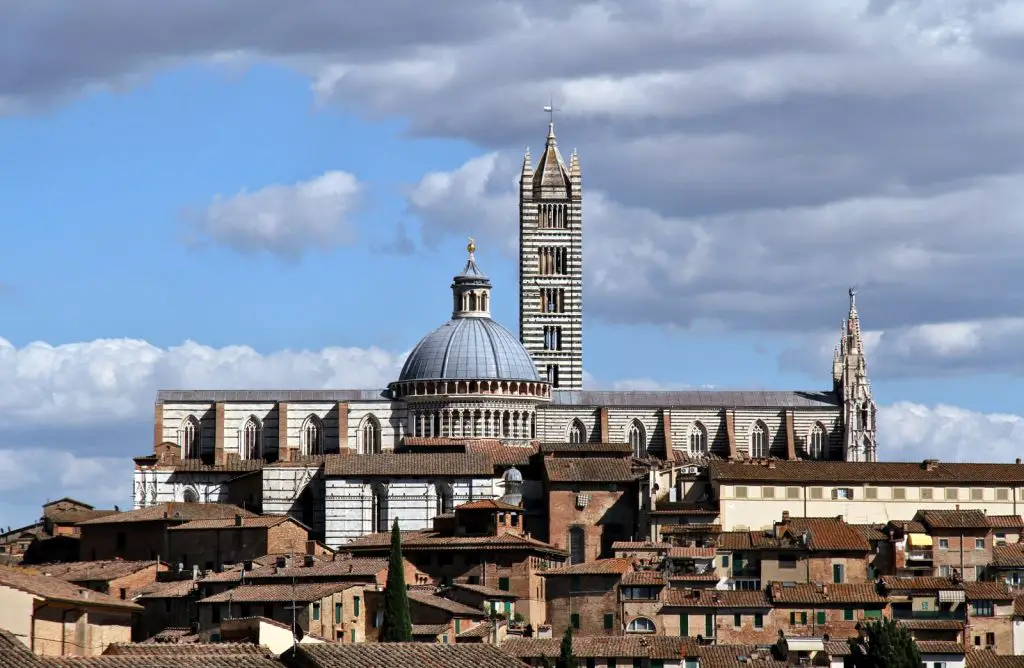
Siena’s Duomo is known for its signature stripes, both on the exterior and interior, and for its intricately decorated floor pavements. Giovanni Pisano, sculptor of the pulpit in the Pisa Duomo and the chief architect of the Siena Duomo, is buried here. A visit to the Siena Duomo is not complete without a climb to the Facciatone, which provides an unforgettable panorama of the medieval Tuscan city.
Lombardy
Duomo of Milan
Cattedrale-Basilica di Santa Maria Nascente

The largest cathedral in Italy (Saint Peter’s is in Vatican City), the Duomo of Milan is a soaring 354 ft/108 m church that is the symbol of the capital of Lombardy. Notable attractions inside the Milan Cathedral are the 16th-century sculpture of Saint Bartholomew Flayed and the tomb of Saint Charles Borromeo. The Milan Duomo also houses a relic of the Holy Nail in its apse.
Umbria
Duomo of Assisi
Cattedrale di San Rufino di Assisi
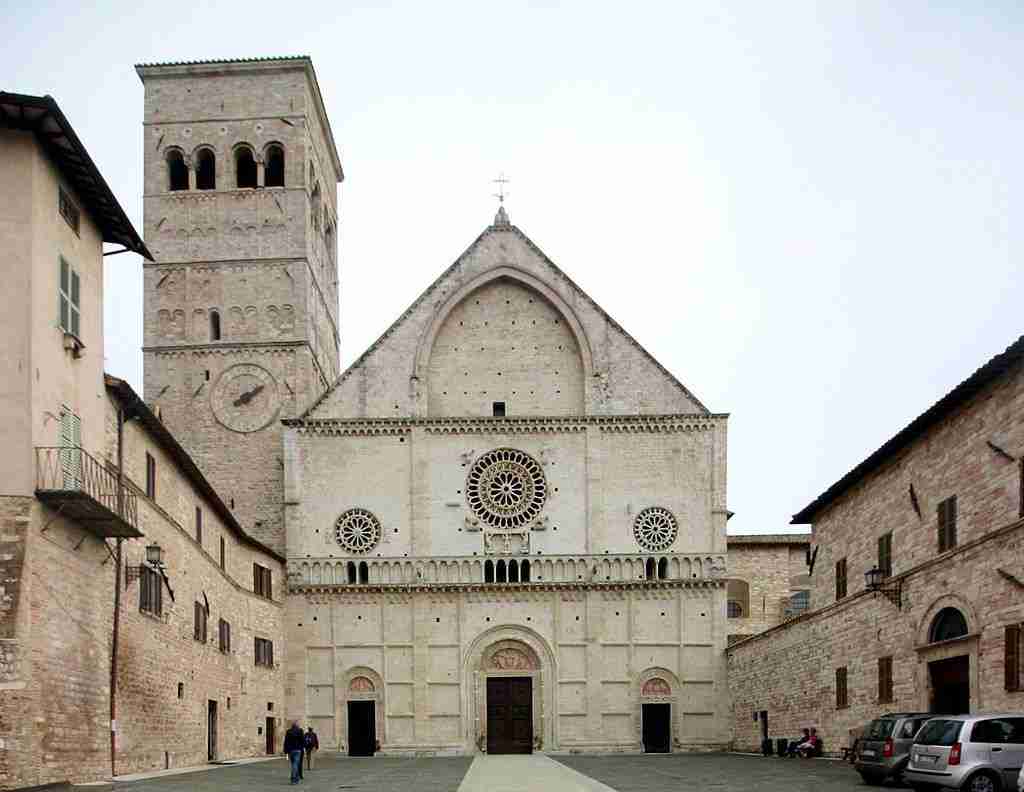
Saint Francis of Assisi, Saint Clare of Assisi, and Emperor Frederick II were all baptized in the font of the Cathedral of San Rufino. Assisi’s Duomo dates back to the 12th century. Though it sits on ruins of two previous churches and, quite possibly, the site of Assisi’s Roman forum.
Duomo of Orvieto
Cattedrale di Santa Maria Assunta
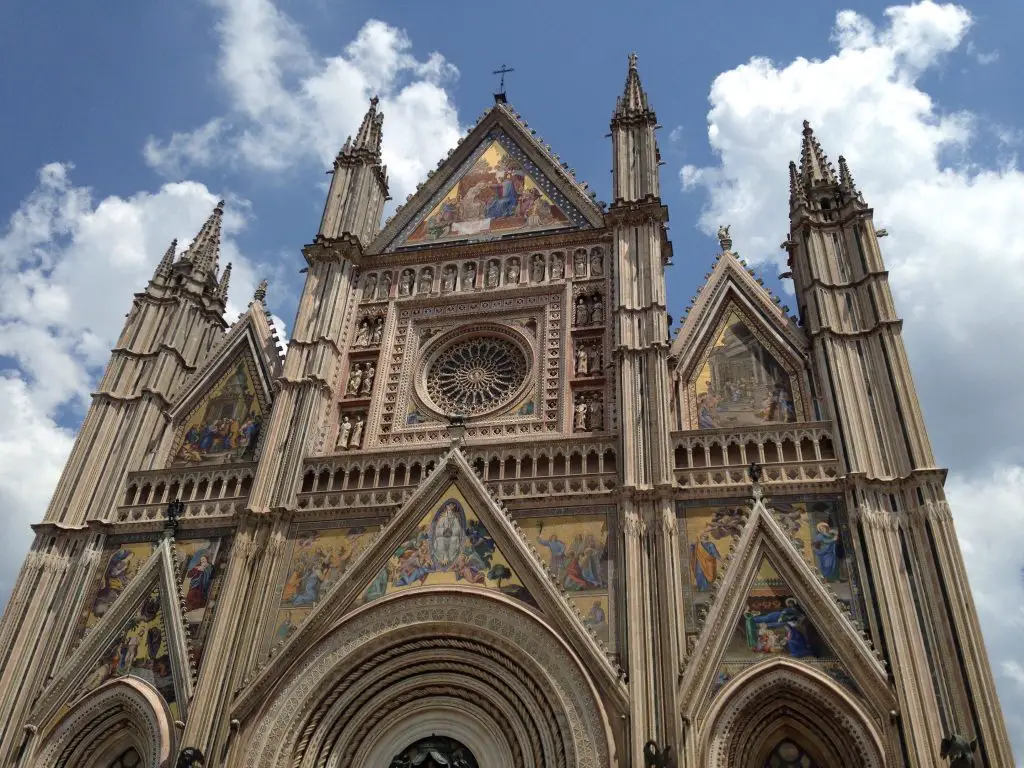
One of the most beautiful churches in all of Italy, this little jewel box in the Umbrian hill town of Orvieto is notable for its exterior decoration and its interior frescoes by Luca Signorelli. Construction of the Orvieto Duomo began in 1290 in order to house the Corporal of Bolsena, an altar cloth that is believed to have proved the miracle of transubstantiation. The reliquary is the feature of the Feast of Corpus Christi, a major religious ceremony that originated in Orvieto.
The twelfth and thirteenth centuries saw an extraordinary growth of the cult of the Virgin in western Europe, in part inspired by the writings of theologians such as Saint Bernard of Clairvaux (1090–1153), who identified her as the bride of the Song of Songs in the Old Testament. The Virgin was worshipped as the Bride of Christ, Personification of the Church, Queen of Heaven, and Intercessor for the salvation of humankind.
The Cult of the Virgin Mary in the Middle Ages, Or a Good Explanation why so many Italian cathedrals are named after mary
Emilia-Romagna
Duomo of Modena
Cattedrale di Santa Maria Assunta in Cielo e San Geminiano
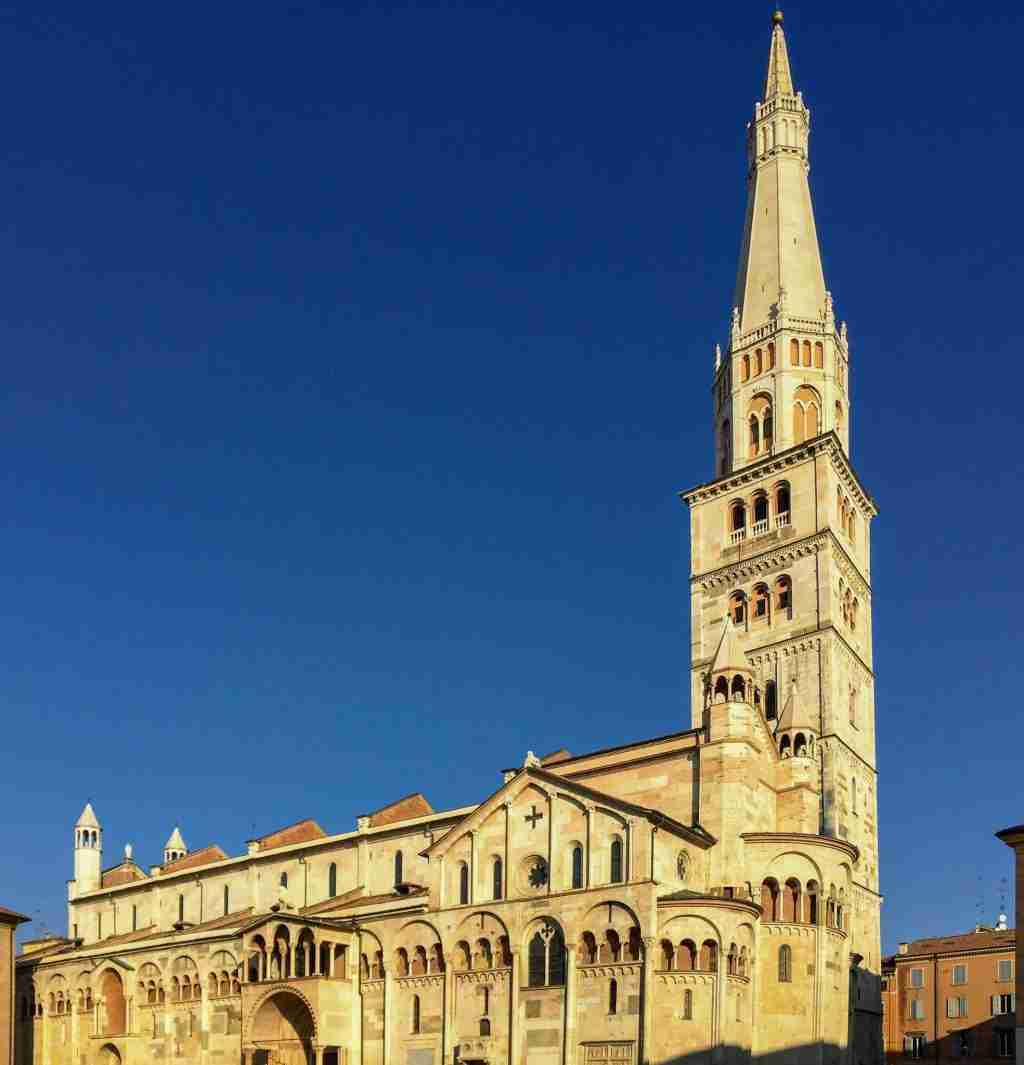
This 12th-century cathedral contains the remains of San Geminiano, the patron saint of Modena. Two other curiosities inside the Modena Duomo are an archivolt carved with scenes from the legend of King Arthur and a wooden bucket plundered from Bologna as a spoil during the 14th-century War of the Bucket. Together with the Torre Civica and Piazza Grande, the Duomo of Modena is a UNESCO World Heritage Site. The funeral for Luciano Pavarotti, a native of Modena, was held in this cathedral.
Duomo of Parma
Cattedrale di Santa Maria Assunta

The cathedral of Parma is best known for its 16th-century dome frescoes by Correggio. These illusionistic paintings depict the rising (assumption) of the Virgin Mary from her earthly life into heaven and they inspired many similar church decorations during the Baroque period.
Campania
Duomo of Naples
Cattedrale di Santa Maria Assunta or Cattedrale di San Gennaro

The Duomo of Naples is dedicated to the Assumption of Saint Mary. But it is usually referred to as the Cathedral of San Gennaro, as it holds the remains of the local patron saint. Ampoules of the saint’s blood, which are said to liquefy several times per year, are among the most unusual relics in Italy.
Duomo of Amalfi
Cattedrale di Sant’Andrea
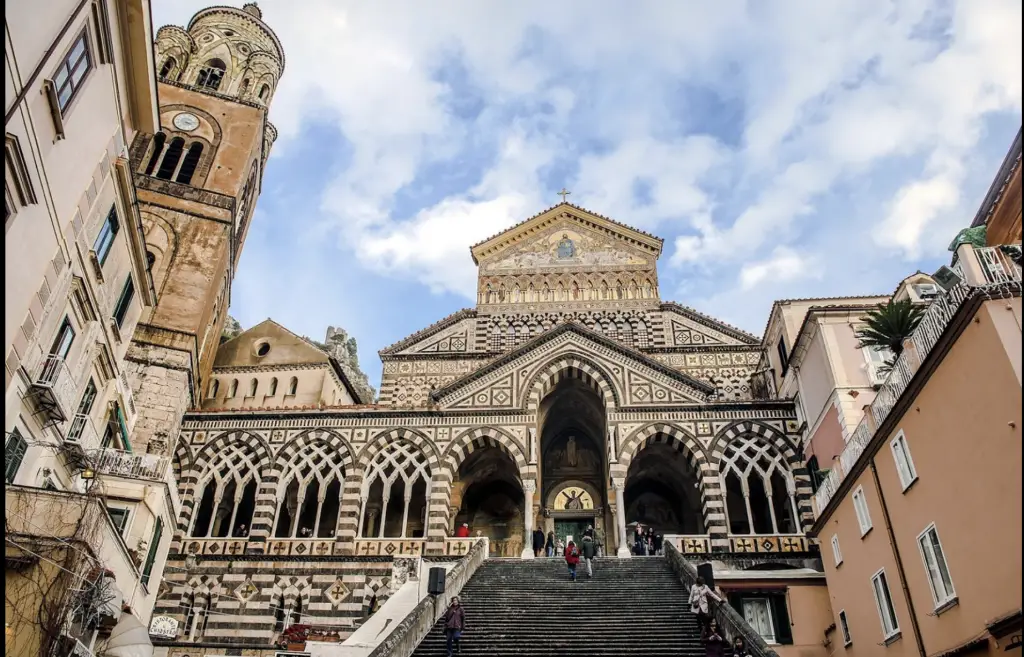
Set in one of the most beautiful landscapes of Italy—the Amalfi Coast—the Duomo of Amalfi is dedicated to the Apostle Saint Andrew, whose relics are kept here. Some of its most striking features include the wide, 62-step staircase, Moorish-style arches, 11th-century bronze doors cast in Constantinople, and its majolica-tiled bell tower.
Sicily
Duomo of Palermo
Cattedrale di Santa Maria Assunta

Palermo’s massive duomo is a mix of Norman, Moorish, Gothic, Baroque, and Neoclassical architectural styles, owing to its strategic Mediterranean geography and the fact that it was built over the course of 600 years. The cathedral is notable for its many royal and imperial tombs including King Roger II of Sicily, Queen Constance I of Sicily, Emperor Henry VI, and Emperor Frederick II. King Roger II’s magnificent mosaic-filled Norman Palace is about a 7-minute walk from here.
Duomo of Catania
Cattedrale di Sant’Agata
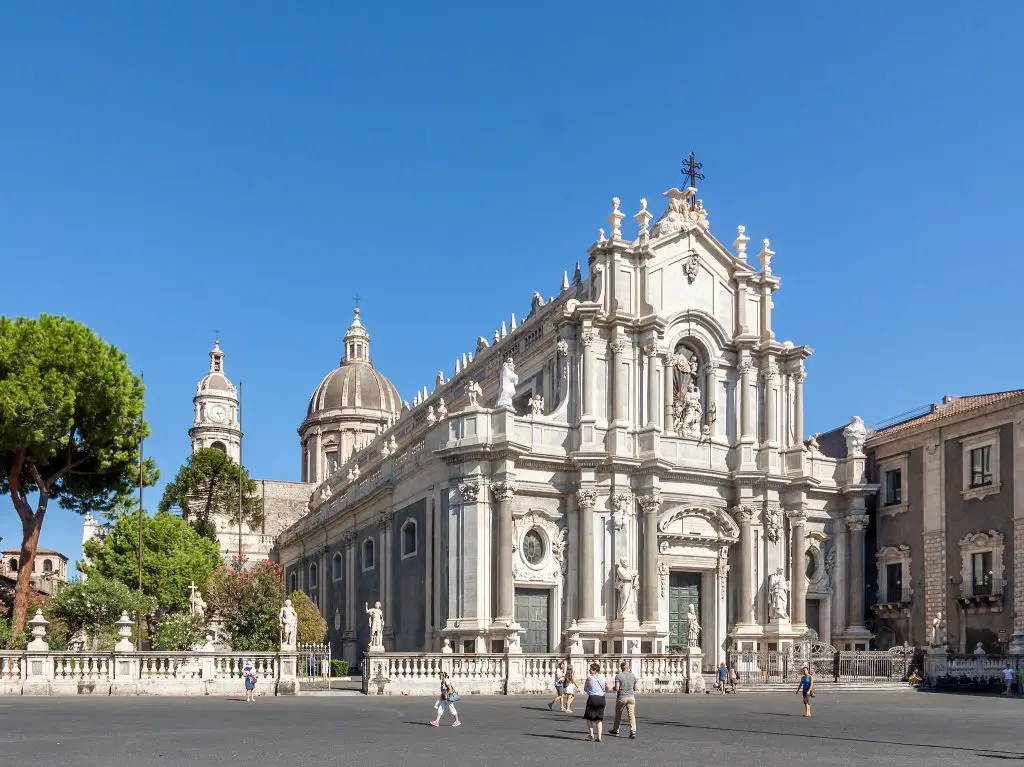
Catania’s Baroque-style cathedral was built following the 1693 earthquake which destroyed much of the original Norman-era structure. The Duomo of Catania holds the relics of Saint Agatha, whose feast day is celebrated with gusto each year on February 5. Like the Duomo of Palermo, this cathedral contains funerary monuments to various members of the Aragon branch of the Kingdom of Sicily. Composer Vincenzo Bellini is also buried here.
Conclusion
It’s hard to hear the word “duomo” and not immediately think of the monumental church in Florence. But now you know that you can find a duomo almost anywhere in Italy. So, when you come across the word in your trip planning, then you’ll know that this special place and deserves consideration on your itinerary.



